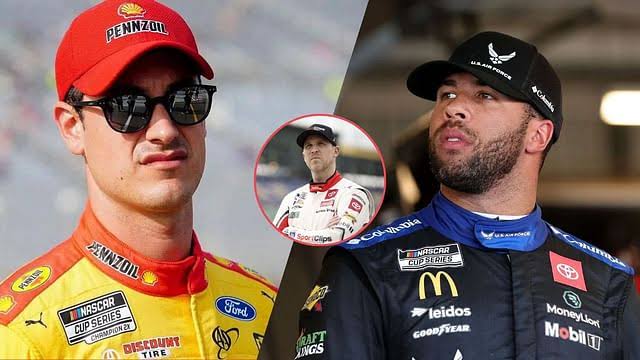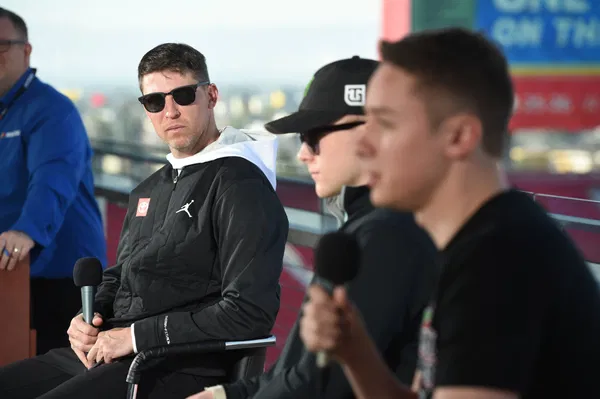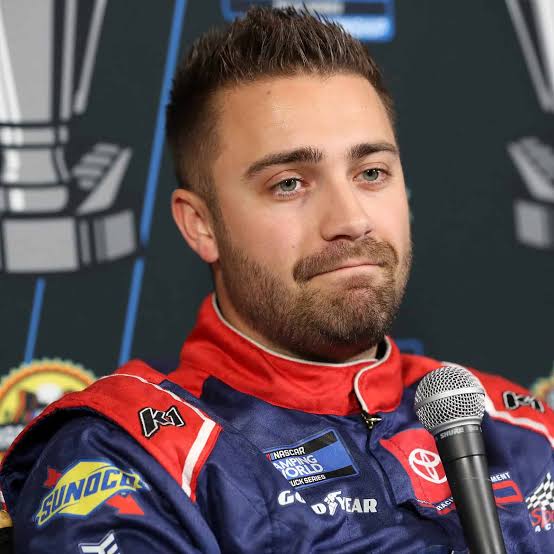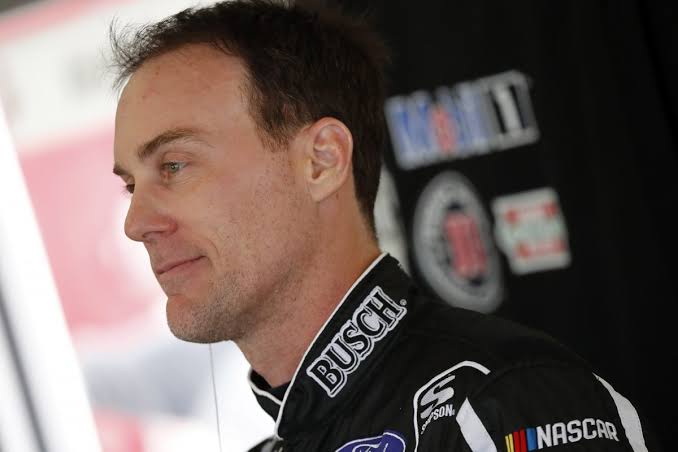Superspeedways are known for their challenging nature and limited overtaking opportunities, which often compel drivers to take bold risks. To address safety concerns for both drivers and fans, NASCAR implemented and enforced specific regulations for these tracks. This was a response to a tragic incident in 2001, where the legendary Dale Earnhardt lost his life during the final lap of the Daytona 500. Following this accident, NASCAR introduced the ‘Double Yellow Line’ (DYL) rule to enhance safety measures.
Initially, only two tracks out of the seven superspeedways on the circuit—Daytona and Talladega—were subject to this rule. However, Atlanta Motor Speedway, despite its 1.54-mile length, has recently been categorized under the same safety guidelines. This change has become particularly relevant in light of recent incidents, such as when Joey Logano maneuvered Daniel Suarez beneath the line to seize the lead, raising questions about whether a penalty was warranted.
The controversy surrounding the double yellow line rule has sparked considerable debate. A recent discussion was ignited when a fan on the Door Bumper Clear podcast inquired why Justin Haley was penalized while Joey Logano was not. During the Xfinity Series Firecracker 250 at Daytona in 2018, Haley was stripped of his win by NASCAR because one of his tires slightly crossed the inner yellow line while overtaking the leader. In contrast, when a similar situation occurred during the Quaker State 400, NASCAR did not penalize Logano, who was subsequently declared the race winner and automatically qualified for the Round of 12.
Freddie Kraft, a commentator, provided insight into this discrepancy. He noted, “There was definitely a difference between the two cases. Haley made a block and drove his car below the line to obstruct Reddick, which should have been penalized. It’s a clear-cut penalty.” However, Kraft also offered an explanation for why Logano was not penalized. “Joey’s block wasn’t as severe. He moved down but left enough space—three-quarters to half a car width—before Suarez went below the line to pass him. While there’s a case for a penalty, it’s not as clear-cut as Haley’s situation.”
Brett Griffin, spotter for Bubba Wallace, joined the discussion and supported Suarez’s actions. He argued that Suarez was compelled to go below the line to avoid a potential wreck caused by Logano’s move. Griffin’s view was that Suarez was justified in his decision to go beneath the line given the circumstances.
The debate continued over who was at fault between the two drivers contending for the lead. Kraft admitted that while it was difficult to determine the exact fault, Logano’s move to block Suarez was notable, although not as egregious as Haley’s earlier infraction. “Joey didn’t drive below the line as Haley did, but he did block Daniel, who then went below the line to pass him. There should have been some form of penalty.”
TJ Majors also weighed in, suggesting that if a driver goes below the line, it’s either due to the actions of the driver who forced them down or the driver who simply moved down. He concurred that a penalty should have been considered.
According to NASCAR’s official rulebook, the DYL rule states:
“Vehicles must race above the double yellow lines around the entire race track. If, in NASCAR’s judgment, a vehicle goes beneath the double yellow lines to improve its position, the vehicle will be black-flagged. Similarly, if a vehicle forces another vehicle beneath the double yellow lines to prevent it from advancing or passing, that vehicle may also be black-flagged.
NASCAR defines being beneath the double yellow lines as when a vehicle’s left-side tires are below the inner yellow line separating the apron from the racing surface while overtaking another vehicle.”
To ensure fairness, NASCAR should have applied this rule consistently at Atlanta. The enforcement of such regulations must be impartial and not subject to discretion, as fairness is crucial in maintaining the integrity of the sport. As Kraft pointed out, “You can’t designate something as out of bounds and then fail to enforce it because they are out of bounds.”
“Major Shake up”: Bubba Wallace’s Insider Delivers a Major Threat to Joey Logano’s Hopes




